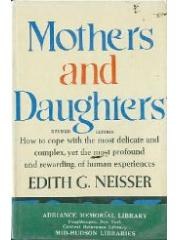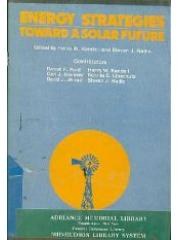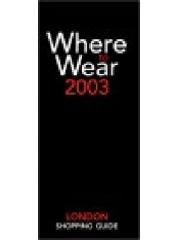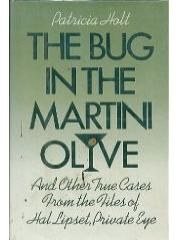

184SM AND GHETTO REVOLT.ACK POWER--THE DIALOGUE BETWEEN~TANCEADDITIONAL READING189199212 The urban experience has not been the same for the black Ameri can as it has been for the white. For whites, the city has offere( opPortunity and mobility. The city has not offered blacks thes~ same avenues of progress. The purpose of this collection is to ex. plore how black Americans have viewed the city and to examine how they have responded to it. As early as the seventeenth century American towns held recognizable black populations. But because one's skin was black, whether he was enslaved or free, meant that his position in society differed from that of the white urban dweller. His mobility was limited by written and unwritten laws. Even when northern states abolished slavery after the American Revolution, the newly freed blacks still faced white racism. Blacks withdrew into their own neighborhoods and established their own institutions. Whether black separatism was caused by white hostility or moti- vated, at least partially, by group consciousness is debatable. By the mid-nineteenth century certain political, economic, and social patterns regulated the role of blacks in the pre-industrial cities. Blacks, even those with property, were disfranchised in most ofthe northern states. Only occupations which whites did not desirewere opened to blacks. And when such an occupation becamedesirable blacks were forced out. Although their neighborhoodswere scattered throughout the city, blacks had little contact withwhites. Blacks had their own churches, benevolent societies, and
具體描述
讀後感
評分
評分
評分
評分
用戶評價
相關圖書
本站所有內容均為互聯網搜索引擎提供的公開搜索信息,本站不存儲任何數據與內容,任何內容與數據均與本站無關,如有需要請聯繫相關搜索引擎包括但不限於百度,google,bing,sogou 等
© 2025 qciss.net All Rights Reserved. 小哈圖書下載中心 版权所有




















